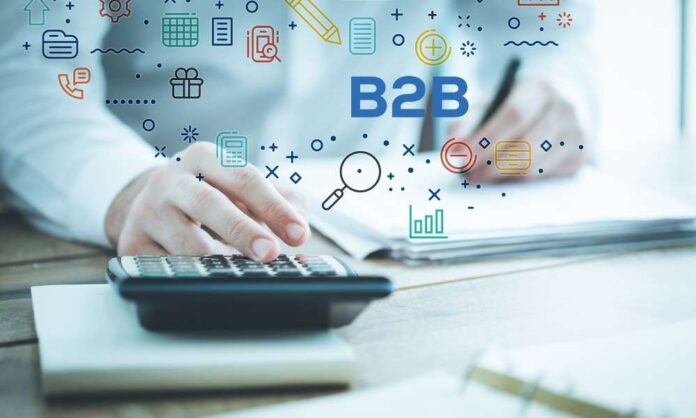Today, we’d like to discuss B2B and B2C marketing differences. You have almost certainly come across these abbreviations while surfing the Internet more than once. And you’ve been puzzled about what they imply. B2B is an abbreviation for Business-to-Business, whereas B2C is an abbreviation for Business-to-Consumer, and both terms relate to two distinct modes of conducting business.
They are the main sales channels. We are referring to e-commerce, the physical store, and the marketplace, among other things: that is, any location, route, or medium via which a firm displays its items to potential customers for them to make a purchasing decision. Many businesses are now placing their bets on digitalizing their operations through eCommerce, making it critical to partner with a company specializing in marketplaces and eCommerce.
B2B enterprises have dominated the market for a long time and have maintained a relatively closed b2b channel sales structure centered on sales experts’ activity and creating a b2b sales funnel. This has changed recently. Put another way; they had always been the type of organization that relies on trust and human interaction to close transactions. However, the progressive digitalization that has occurred due to the steps implemented during the most difficult months of the healthcare crisis has paved the ground for the deployment of alternative delivery channels.
While B2B enterprises are increasingly resorting to online sales, the inherent distinctions in each business model necessitate the establishment of distinct sales channels for each company, even if they are identical in other respects. We will examine business structures and distribution channels, highlighting the requirements that each one must satisfy.
Differences between B2B and B2C businesses
The most significant distinction between the two sorts of businesses, independent of the industry to which they belong, is the nature of the buyer. In the B2C paradigm, we are talking about the end customer, who is purchasing to meet their own needs. For example, under the B2B paradigm, we are talking about organizations that either distribute the purchased product or continue its development into a finished product. Companies that provide consultancy or services to other businesses fall into this category.
B2B purchases are made in larger amounts. These purchases consider factors such as quality and other aspects. The types of purchases made tend to be quite varied. Delivery timings are especially important. A brand’s promises often depend on its supplier’s ability to meet those commitments on time.
Types of sales channels
B2B trade shows are the most prevalent sales channels, followed by telephone talks and e-mail.
B2C has traditionally relied on a physical store or point of sale as its primary medium. Additional channels like catalogs and private sales served as backups. Telephone sales have also been around for a while. Applications, marketplaces, and e-commerce have only been around for a shorter period.
Exclusive sales channels for one model or another are hard to come by. We already have marketplaces and e-commerce for B2B transactions, for example. Digitalization has prompted both companies to explore new sales channels. They are pursuing the long-awaited omnichannel experience. However, adaptation will be required in each case.
Sales channel specifications for B2B businesses
Both business models have shown their willingness to sell through any conceivable channel. This is especially important due to limitations in mobility and visibility. These limitations are seen in channels with digital support, such as social networks, apps, e-commerce, or WhatsApp. It is now necessary to determine what each business should focus on. This focus will help provide customers with an exceptional user experience.
Although Omni-channeling is a desirable goal, it should not be pursued at the expense of sound judgment. Therefore, before launching all possible sales channels, particularly in the B2B sector, it would be prudent to ask ourselves the following questions:
Do purchases come with a certain level of technical difficulty?
When we say different quantities or amounts, we’re discussing whether they suggest distinct components, volumes, or even prices. In this instance, it is vital to lay the groundwork before beginning online sales operations. The first step is to ensure that digital catalogs sync the information available to contact center agents. Secondly, it is necessary to build a digital environment. The customer, familiar with the items or service, should be able to select as many alternatives and quantities as they like. They should still receive a trustworthy price.
Is the volume of orders going to have an impact on delivery logistics?
If this is the case, it’s another idea to understand before purchase. You can direct specific volumes to a sales representative directly. Alternatively, make all this information readily available on the website before purchase.

